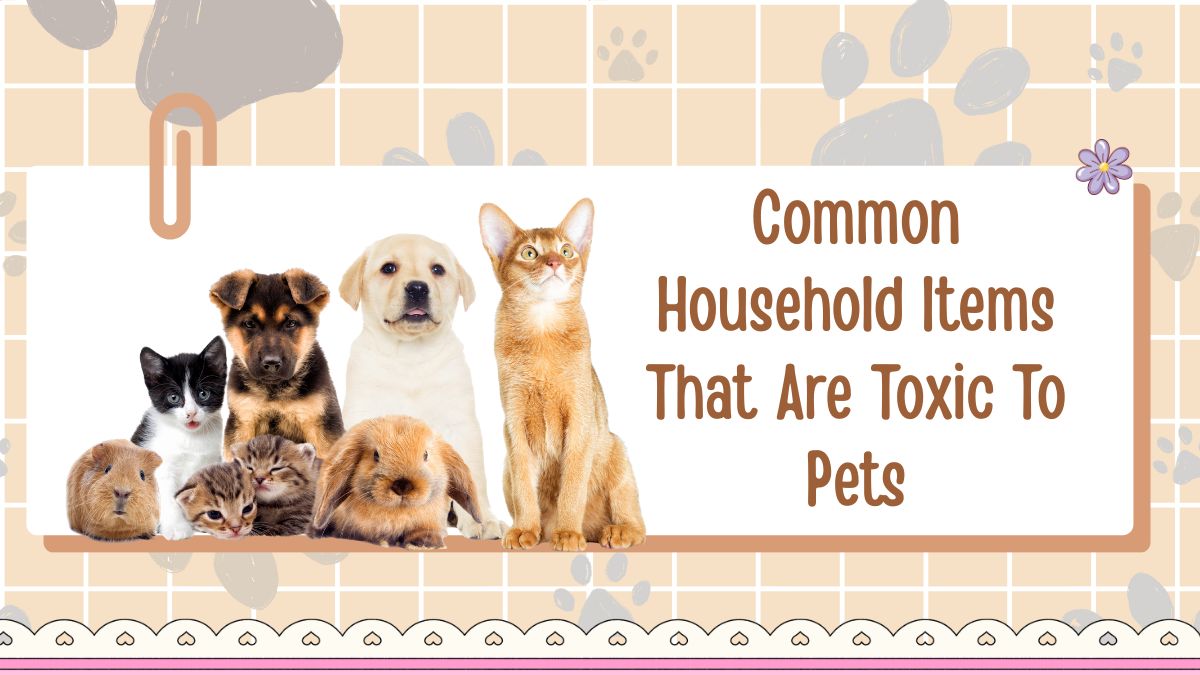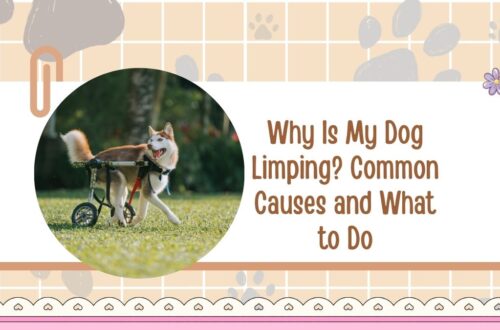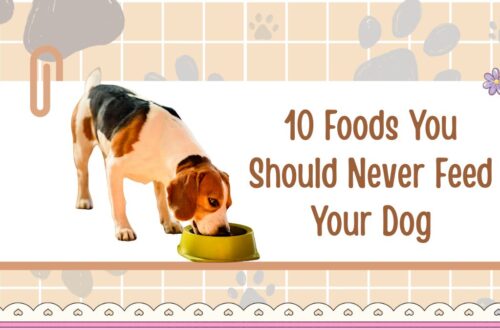Many of us consider our homes safe havens for our pets — places of comfort, play, and relaxation.
But lurking within that familiar environment are hidden dangers: everyday items that appear harmless to humans but can be harmful or even fatal to our furry companions.
From medications forgotten on the counter to landscaping materials, household items toxic to pets are more common than we think.
In fact, food items alone accounted for nearly 15 % of reported pet poisoning cases in some studies.
Why Household Items Can Be Hazardous to Pets
1. How Pets Are Exposed
Pets explore with their noses, mouths, and paws — which means they encounter risks via multiple routes:
- Ingestion: chewing or swallowing items or liquids.
- Skin contact or licking: chemicals on floors, toys, or paws get groomed off.
- Inhalation: fumes from cleaners, solvents, or diffused oils.
- Secondary ingestion: eating a rodent that consumed poison, or drinking from pet-unfriendly containers.
2. Why Pets Are Especially Vulnerable
- Small body size means lower doses of a toxin can cause serious effects.
- Curiosity and less ability to distinguish dangerous items from harmless ones.
- Many products are stored low to the ground (under sinks, on lower shelves) where pets can reach.
- Residues may remain after use (cleaning fluids, spray bottles, outdoor treatments) giving pets indirect exposure.
3. Recent Figures & Trends
- Food-related exposures in pets were reported around ~14.8% of cases in some veterinary diagnostic datasets.
- Household products (cleaning agents, chemicals, medications) repeatedly appear on top lists of pet toxin exposures.
- Newer research links long-term low-level exposure in pets to chronic issues (e.g., chemical exposures from household dust and pet toys).
These data underscore the urgent need for regular pet-proofing, just like we child-proof living spaces.
Most Common Household Items Toxic to Pets
Here’s a comprehensive table listing many of the typical items found in homes that pose risks — along with how they affect pets and what you can do to reduce the hazard.
| Item / Category | Examples | Typical Toxic Effects in Pets | Key Precautions |
|---|---|---|---|
| Human Medications (OTC & prescription) | Ibuprofen, acetaminophen, vitamins, pain relievers | Vomiting, liver or kidney failure, red/brown gums (cats), seizures | Store medications locked and high; never give human meds unless vet-approved |
| Cleaning Agents & Chemicals | Bleach, ammonia, drain cleaners, solvents | Burns to mouth/esophagus, chemical inhalation injury, internal damage | Store out of reach, ensure ventilation, rinse surfaces before pet access |
| Laundry Pods / Fabric Softener Sheets | Liquid detergent pods, dryer sheets | Chemical burns, ingestion hazards, breathing issues | Keep pods locked, never leave open containers, supervise laundry areas |
| Antifreeze / De-icing Fluids | Ethylene glycol antifreeze | Kidney failure, sweet taste attracts pets; even small amounts can kill | Clean spills, use sealed containers, consider safer alternatives |
| Rodenticides / Insecticides | Mouse bait blocks, slug pellets, lawn insect sprays | Bleeding disorders, seizures, organ failure, death | Store locked, avoid use if pets roam unsupervised, consider traps |
| Fertilizers / Lawn & Garden Chemicals | Cocoa mulch, weedkillers, slug bait | Vomiting/diarrhea, seizures, kidney damage | Use pet-safe mulch/plants, pets inside until dry, wash paws after outside time |
| Essential Oils & Scented Products | Diffusers, oil blends, scented candles | Inhalation or licking: vomiting, liver injury, respiratory distress (especially cats) | Use in closed off rooms, strong ventilation, store oils out of reach |
| Paints, Glues, Solvents | Paint thinner, adhesives, fresh paint | Fumes toxic, ingestion/licking leads to GI upset or organ damage | Keep pets away during use, store properly, allow full dry time |
| Household Plants & Flowers | Lilies (cats), ivy, oleander, azalea | Vomiting, kidney failure, seizures, death | Research plants before purchase, keep out of pet reach, avoid risky indoor flora |
| Human Foods & Sweeteners | Chocolate, grapes/raisins, onions/garlic, xylitol | Heart/cardiac issues (chocolate), liver failure/hypoglycemia (xylitol), anemia (onions) | Don’t share from plate, keep snacks locked, educate guests |
| Batteries & Electrical Cords | AA batteries, laptop chargers, cords on floor | Oral ulcers, bleeding (battery acid), electrocution, ingestion blockages | Store batteries safely, use cord covers, supervise play areas |
| Tobacco/Nicotine Products | Cigarette butts, e-cig cartridges, nicotine gum | Hyper-salivation, tremors, vomiting, collapse, death | Never leave around, dispose of butts securely, keep pets away from smoking zones |
| Essential Oil Diffusers & Potpourri | Plug-ins, liquid potpourri bottles | Chemical burns, intoxication, skin/eye irritation, respiratory distress | Use sealed diffusers in pet-free rooms, avoid strong concentrated oils |
| Candle & Wax-Melt Products | Scented wax, tealights, open flame in pet area | Burns, ingestion of wax, toxic fumes from additives | Keep candles out of pet reach, monitor when lit, supervise pet near flames |
| Decorations & Seasonal Items | Christmas ornaments, fairy lights, open containers | Choking, ingestion of string/yarn, poisoning from ingestible parts | Secure decorations high, supervise pets around seasonal items |
In-Depth Look at Select Items
1. Human Medications
These are among the most frequently reported household toxins for pets. For example: acetaminophen can cause severe red blood cell damage in cats, while ibuprofen can trigger intestinal bleeding and kidney damage in dogs.
Even vitamins or supplements labeled “natural” may contain sweeteners like xylitol or iron doses dangerous to pets.
Prevention: Medications should be treated like pet poison risk — always sealed, locked, with clear labels, and never shared between humans and pets.
2. Cleaning Products & Laundry Items
Cleaning agents often contain strong alkalis, acids, surfactants, and fragrances. Pets can walk across freshly cleaned floors and ingest residues via paw-licking, or breathe fumes in confined spaces.
Laundry pods are especially dangerous — they mimic candy and pose serious ingestion risk.
Prevention: After cleaning, ensure area is fully dry and ventilated before pet returns. Store cleaning supplies high and locked. Use pet-friendly or fragrance-free formulations.
3. Antifreeze & Garage Chemicals
Ethylene glycol (common in antifreeze) has a sweet taste which unfortunately attracts pets. Even small volumes can trigger acute kidney failure within 24–72 hours. Garage leaks, driveway spills, or low containers are common hazards.
Prevention: Use antifreeze with bittering agents, wipe up all spills promptly, and restrict pet access to garages and areas where vehicles are stored.
4. Plants & Outdoor Hazards
Many houseplants and garden items are silent killers. For cats, lilies are extremely dangerous and can cause fatal kidney failure. Outdoor mulch with certain additives, slug bait, and lawn products all create ingestion/contamination risks.
Prevention: Avoid toxic plants, choose pet-safe alternatives, fence off treated areas, supervise outdoor time, and wash paws after outside walks.
5. Emerging Concerns: Chronic Exposure
While acute poisoning dominates headlines, chronic low-level exposure to household chemicals is gaining attention.
One recent study found dogs exposed to multiple chemicals in household dust had elevated markers of bladder cancer risk.
This shows that it’s not only dramatic acute events we must guard against but long-term wellness too.
How to Recognize the Warning Signs
Knowing what symptoms to watch can save your pet’s life. Be alert to:
- Sudden vomiting or diarrhoea
- Excessive drooling or licking of mouth/paws
- Pawing at the mouth, reluctance to move
- Weakness, collapse, tremors, seizures
- Difficulty breathing or visible distress
- Unusual bleeding or bruising (rodenticide)
- Lethargy, refusal to eat, hiding
If you suspect exposure, don’t wait: remove the pet from the area, note the product packaging, contact your veterinarian or a pet poison control hotline, and be ready with pet’s weight, product name, amount ingested, and time of exposure.
Creating a Pet-Safe Home: Practical Strategy
- Survey Every Room – Check kitchen, bathroom, laundry, garage, garden. Make note of medications, chemicals, plants, cords.
- Implement Secure Storage – Lock cabinets, use high shelving, child-proof latches.
- Switch to Safer Alternatives – Use pet-safe cleaning products, avoid fragranced oils, choose non-toxic mulches/plants.
- Establish No-Access Zones – Use gates or closed doors during cleaning or maintenance.
- Dry & Ventilate After Use – After cleaning or applying chemicals, ensure pets only return once surfaces are dry and room is aired.
- Educate Household & Guests – Make sure everyone knows: no human meds to pets, no food from human plates, dispose of butts/cigarettes securely.
- Emergency Preparedness – Keep your vet’s number and a poison‐control hotline handy. Know the nearest 24-hour emergency clinic. Have a pet first‐aid kit.
- Routine Cleaning & Declutter – Reduce dust, old chemicals, unused products; minimize surfaces where pets may groom dust or residues off their paws.
- Outdoor Safe Zone – Restrict pets from newly treated lawn areas, read labels on fertilizers/insecticides, supervise outdoor time.
- Monitor Behavior – Keep an eye on changes in eating, grooming, activity which may hint at exposure before more drastic symptoms occur.
Your home should be a sanctuary for your pet — but it also contains many everyday items that pose hidden risks. From cleaning supplies and human medications to plants and outdoor chemicals, the list of household items toxic to pets is long and varied.
The good news: many of these risks are entirely manageable through awareness, proper storage, safer product choices, and vigilant supervision.
By recognizing that even innocuous items can become hazardous, you can build a truly pet-safe home environment: fewer emergencies, fewer vet visits, and most importantly — a healthier, happier life for your companion.
Take the time today to walk through your home with fresh eyes. Review your storage, research the plants in your living rooms or garden, check ingredient labels, and establish clear rules for everyone in your household.
These simple steps will give your pet protection from unseen dangers — and peace of mind for you.
FAQs
Medications, cleaning agents, chocolate, antifreeze, and certain plants like lilies are among the most toxic.
Yes. Residual chemicals or strong fumes can harm pets through skin contact or inhalation.
Keep toxic items locked away, switch to pet-safe products, and always supervise pets during cleaning.




